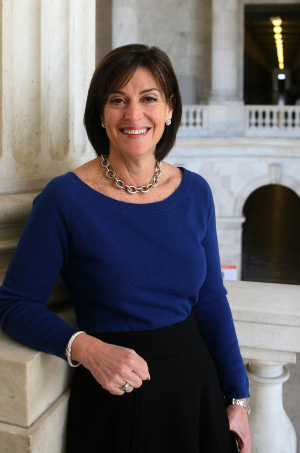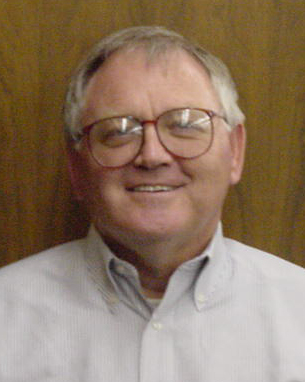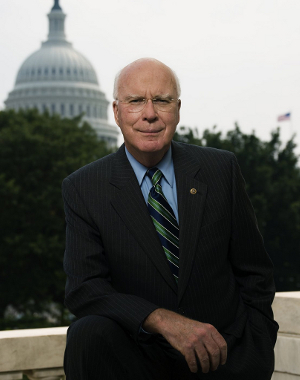- Edwin Bender
Sunshine Week: Another crumbling infrastructure

Sunshine Week 2009 takes place from March 15 through 21. The annual event is about the public's right to know what its government is doing, and why. Sunshine Week seeks to enlighten and empower people to play an active role in their government at all levels, and to give them access to information that makes their lives better and their communities stronger. Lake County News will present guest commentaries and news stories about open government as part of this year's Sunshine Week.
Our democracy's infrastructure is crumbling, just as our roads, water systems and sewers are deteriorating across the country — and we have a unique opportunity now to fix them all properly.
I'll leave the roads and such to the engineers. The infrastructure of our democracy, though, is something I know a thing or two about. You see, more than 16 years ago, I and a few other hearty souls across the country began compiling state-level campaign-finance data and making it available to the public. We created databases by performing thousands of search-and-replace functions on 700-page Word documents that had been input at state agencies. And, even more time-consuming, we input donor information from innumerable paper reports that candidates had filed at their state disclosure agencies. And we made all this available to reporters via floppy disc and fax.
Then along came the Internet, and we happily upgraded our delivery system. But to this day, we still have to type in data by hand, because many candidates still file paper forms with state disclosure agencies. Can you believe it? In this day and age! What a waste of time.
The lack of uniform disclosure for the 50 states is a failure by design. Fragmented campaign-finance reporting means it's more difficult for people to follow the actions of their elected representatives — otherwise known as holding them accountable. Many candidates don't want you getting too familiar with their donor base. And lobbyists certainly don’t want you looking over their shoulders, especially when their actions might cost you money as a taxpayer.
We disagree with that. We think democracy works best when all aspects of campaigns are held up to the light of day. At the nonprofit, nonpartisan National Institute on Money in State Politics, we’ve compiled campaign-finance data from all 50 states dating back to the 2000 elections, as well as donor information for state party committees and ballot measures. And we’ve compiled a list of lobbyists registered in the states for 2006 and 2007. We update all our data continuously. In fact, we’re on a first-name basis with staff in all 50 state disclosure offices, who for the most part are public servants eager to do good work. They love seeing their work contributed to the data tools and analyses we offer at www.FollowTheMoney.org. To them, we tip our hats.
To the candidates who seem to think that funding public disclosure and ethics agencies is optional, we offer a Bronx salute. You don't have to look far to find examples of a disclosure agency fining a state political party or candidate for bundling or other breach of the public's trust, and you'll likely see the agency's budget on the cutting block next legislative session (Washington state and Alaska offer some sad examples.)
Since lawmakers themselves aren't eager to move disclosure into the 21st century, a host of nonprofit organizations are doing the work for citizens and displaying the results for free access. For our part, we built a tool called Lobbyist Link that lets you see which companies hired lobbyists and in which states, and where those companies also made political donations. (For instance, type "Merck" into our search window and you’ll see plenty of coordinated lobbying and donations in the states that considered the HPV vaccine for schools.) Our L-CAT feature reveals who gave to specific state legislative committee members, and how much. For example, (big surprise) it turns out that insurance companies are major donors to members of the 2008 Illinois Senate Insurance Committee.
There is tremendous work being done by nonprofit organizations for Sunshine Week to create an index of all public information held by government agencies, at all levels. Project Vote Smart compiles biographical information about lawmakers, their speeches and voting records for the public, and makes it all available at their site, www.VoteSmart.org. The Center for Responsive Politics tracks donations to presidential and congressional candidates as well as national party committees at www.OpenSecrets.org. Many others are looking at government subsidies and contracts, earmarks and corporate influence.
Unfortunately, we nonprofits are doing what we as taxpayers are already paying government agencies to do. (And we do realize those agencies often are between a rock and a hard place because of their budgets.)
So, now, when this country is set to invest billions of dollars on infrastructure projects meant to stimulate a horribly mismanaged economy, isn't it time we also invest in bringing the infrastructure of our democracy up to the 21st century? We aren’t talking rocket science. We’re talking standards that are common in the business world, where accurate, lightning-fast transactions are the norm.
President Obama has committed himself to transparency and accountability: He was co-sponsor of a 2006 federal law that created USASpending.org, which provides detailed federal spending lists, and the Strengthening Transparency and Accountability in Federal Spending Act of 2008 that addressed problems at USASpending.org.
That's a start. And it only makes sense. If we’re going to promote democracy around the world, shouldn’t we also promote its health at home?
Edwin Bender is executive director of the National Institute on Money in State Politics, Helena, Montana.
{mos_sb_discuss:4}







 How to resolve AdBlock issue?
How to resolve AdBlock issue? 



